Search
Remove Ads
Advertisement
Summary 
Loading AI-generated summary based on World History Encyclopedia articles ...
Search Results
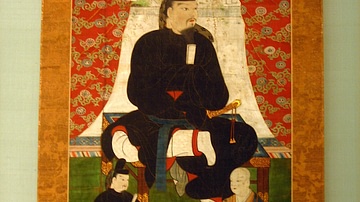
Definition
Fujiwara Clan
The Fujiwara clan (Fujiwara-shi) was a powerful extended family group which dominated all areas of Japanese government during the Heian Period (794-1185). Founded by Fujiwara no Kamatari in 645 CE, male members held on to key official positions...

Definition
Minamoto Clan
The Minamoto clan was an extended family group which dominated Japanese government and the imperial court in the 12th and 13th centuries CE. The clan famously defeated their arch rivals the Taira in the Genpei War of 1180-1185 CE and included...
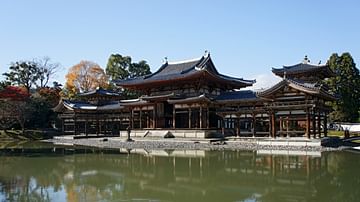
Definition
Heian Period
The Heian Period of Japanese history covers 794 to 1185 CE and saw a great flourishing in Japanese culture from literature to paintings. Government and its administration came to be dominated by the Fujiwara clan who eventually were challenged...
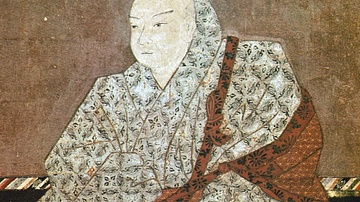
Article
Insei: Cloistered Government in Ancient Japan
Insei or 'cloistered government' describes the strategy of emperors during the late Heian Period (794-1185 CE) in ancient Japan where they abdicated in favour of a chosen heir yet still ruled in some capacity, typically after retiring to...
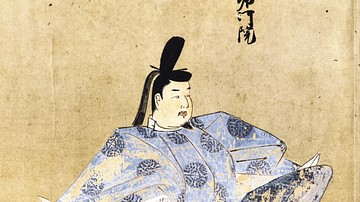
Definition
Emperor of Japan
The emperor of Japan is a position as the head of state which traditionally dates back to the 7th century BCE and the legendary figure of Emperor Jimmu (r. 660-585 BCE). Emperors came to be known as the Tenno or 'heavenly sovereign' in reference...
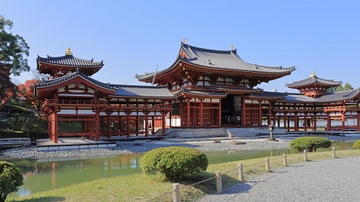
Definition
Byodo-in
Byodo-in is a Buddhist temple complex at Uji, south of Kyoto, which was founded in 1052 CE by the important court official and regent Fujiwara no Yorimichi. The large Phoenix Hall is one of the finest surviving examples of architecture from...

Definition
Ancient Japan
Ancient Japan has made unique contributions to world culture which include the Shinto religion and its architecture, distinctive art objects such as haniwa figurines, the oldest pottery vessels in the world, the largest wooden buildings anywhere...
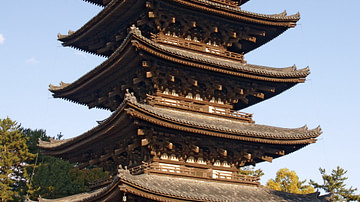
Definition
Kofukuji
Kofukuji is a Buddhist temple which was founded in 669 CE and relocated to its present location in Nara, Japan in 710 CE. It was the main Buddhist temple of the influential Fujiwara clan during the Heian Period (794-1185 CE). The temple's...

Image
Fujiwara no Kamatari
A 16th century CE silk scroll depicting Fujiwara no Kamatari (614-669 CE) and his two sons, the founder of the powerful Fujiwara clan which dominated Japanese government during the Heian Period (794-1185 CE). (Los Angeles County Museum of...
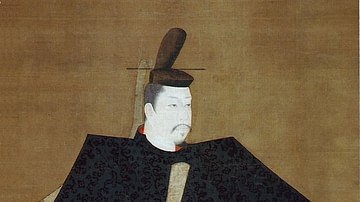
Definition
Genpei War
The Genpei War (1180-1185 CE), also known as the Taira-Minamoto War, was a conflict in Japan principally between two rival clans: the Minamoto and Taira, for control of the imperial throne. The civil war was punctuated by a typhoon, earthquake...